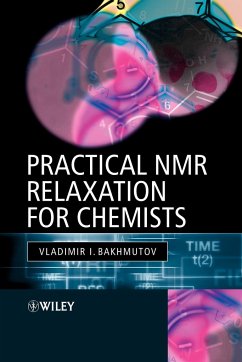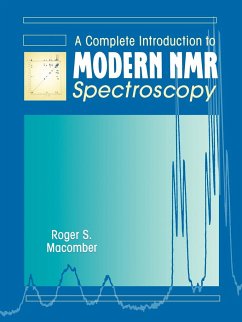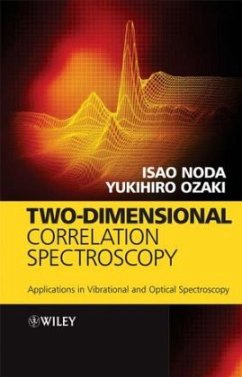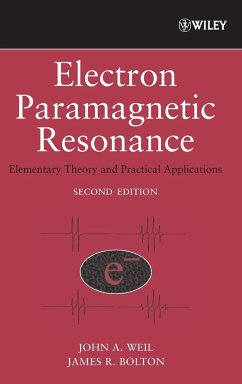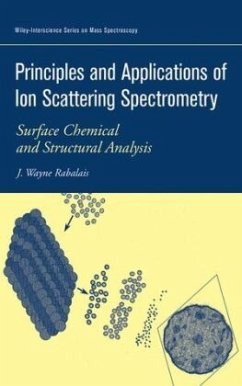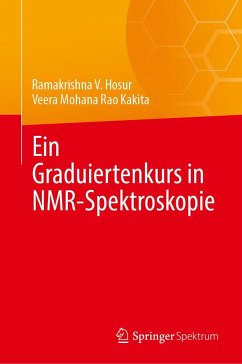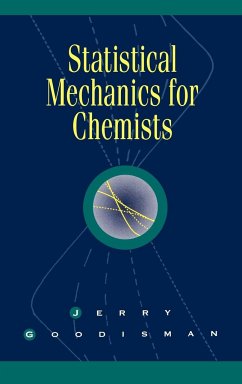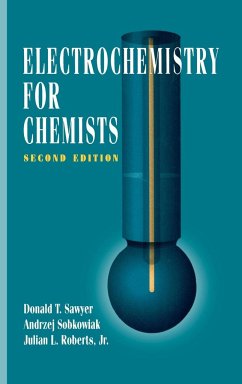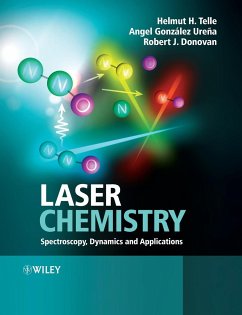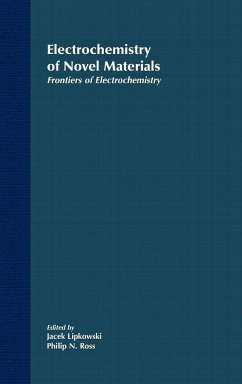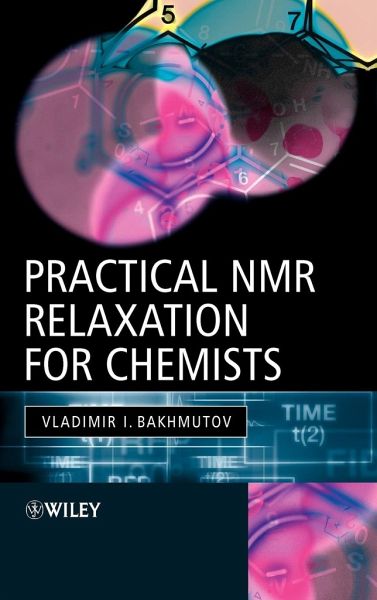
Practical NMR Relaxation for Chemists
Versandkostenfrei!
Versandfertig in über 4 Wochen
257,99 €
inkl. MwSt.
Weitere Ausgaben:

PAYBACK Punkte
129 °P sammeln!
This book demonstrates how NMR relaxation can be applied for structural diagnostics of chemical compounds, recognition of weak intermolecular interactions, determinations of internuclear distances and lengths of chemical bonds when compounds under investigation can exist only in solutions.
_ Written as a textbook for chemists, demanding little background in physics and NMR
_ Its practical approach helps the reader to apply the techniques in the lab
_ First book to teach NMR Relaxation techniques to chemists
_ Written as a textbook for chemists, demanding little background in physics and NMR
_ Its practical approach helps the reader to apply the techniques in the lab
_ First book to teach NMR Relaxation techniques to chemists



